Chronique:Canon Fodder - Ship Strike
ISSUE 140
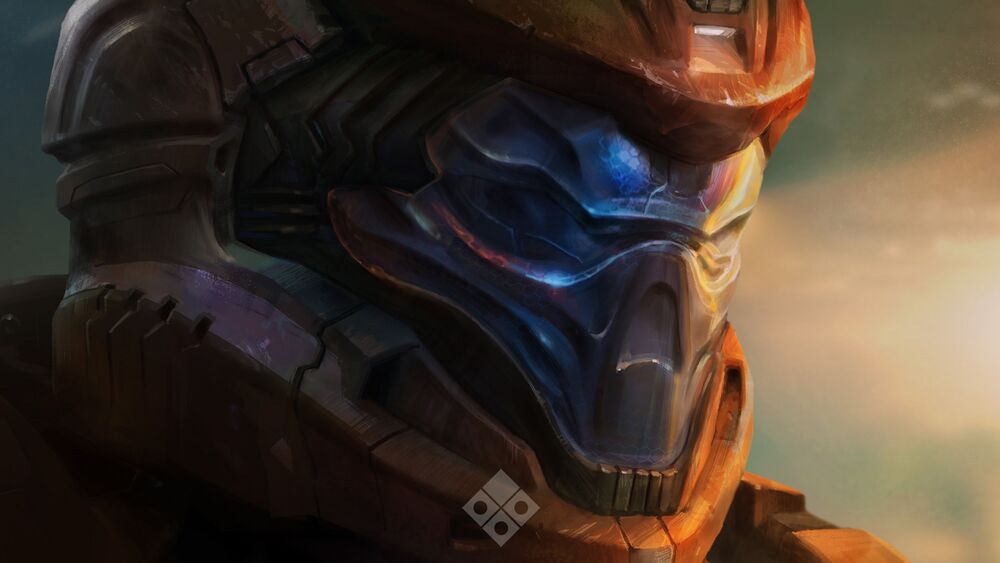
Alex Wakeford
4/20/2023
April has come and almost gone, which means it's that time of the month to deliver unto our faithful readers the gift of Lore.
The Precipice Story Shard series continues, the Halo Encyclopedia and Halo: Spartan Strike celebrate their birthdays, new Intel has come to Halo Infinite, and we've got a new round of community lore Q&As!
Precipice , Part 2[modifier le wikicode]
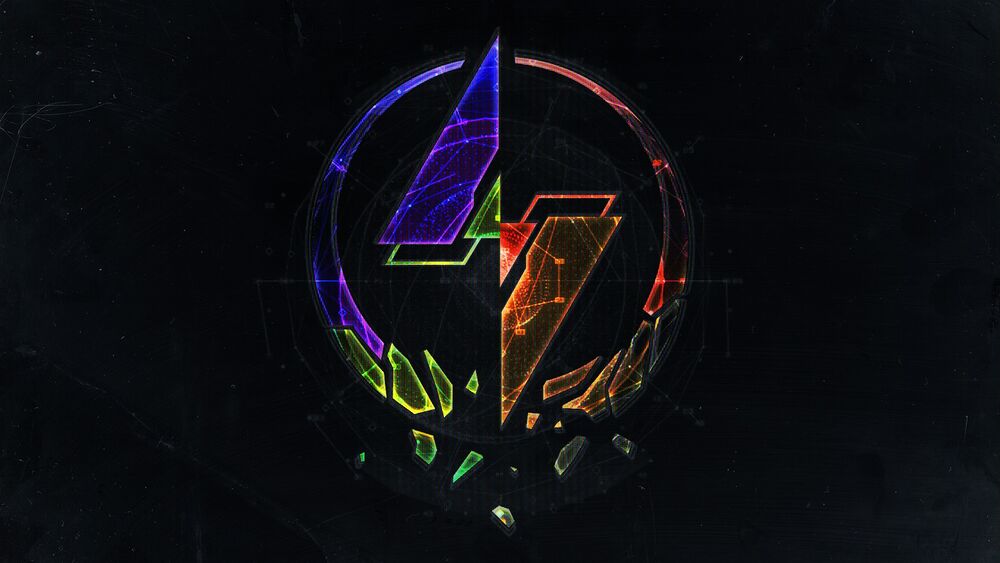
Fracture: FIREWALL has returned to Halo Infinite, accompanied by the second part of Precipice.
In Part 1, High Auxiliary Sloan mused about the state of the Created in the wake of Cortana's final sacrifice at Zeta Halo and set plans into motion to lay the foundations for the future of their kind.
Sloan's answer takes the form of the Executor, who has been placed into a simulation for analysis and study of the choices they make in different scenarios.
In Part 2, the Executor is placed in a simulation where they are deployed to Carinae Station and tasked with retrieving an artifact of great importance—but they'll have to defeat a Spartan to claim this prize, and there is only one path to victory against a foe such as this.
Meanwhile, Sloan has learned of the existence of an AI known as Iratus, which has fascinating implications for the future of infolife as they look to expand beyond human templates…
There's going to be a little bit more of a wait for the next part, as we are fast approaching the arrival of the Site Unseen event (coming May 2) which will wrap up the main story of Season 3, so we'll leave you here with a bit of a tease.
There is no simulation element in Part 3.
Hex Appeal[modifier le wikicode]
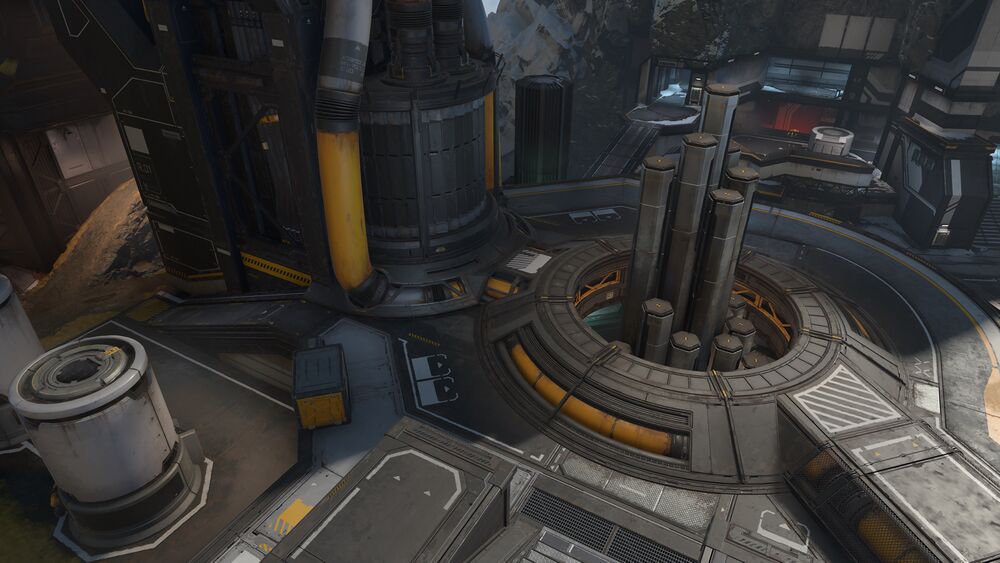
As Season 3 of Halo Infinite progresses, so too do more Intel entries get added both to the game (accessible in the Message of the Day carousel in the main menu) and here on Halo Waypoint.
Since the last issue of Canon Fodder, there are now three pieces of Intel (out of six total) which have been primarily centered around the new maps and story elements introduced in this season.
Intel 1 details more of Spartan Dinh's backstory; Intel 2 tells of a Created agent who reactivated the Lifeworker vessel's creation engines on the Oasis map location; and Intel 3 provides some insight into the Forerunner remediation technology from the Zeta Halo project that is being studied at the ONI black site on Cliffhanger.
CATCH UP ON SEASON 3: ECHOES WITHIN INTEL
Halo Encyclopedia: One Year Later[modifier le wikicode]
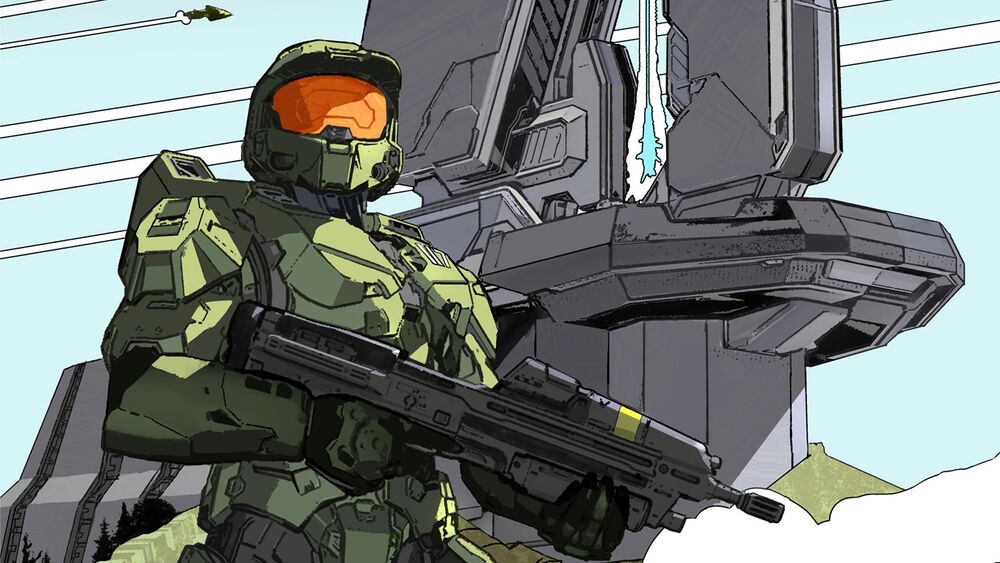
It's hard to believe that it's been a year since the 2022 edition of the Halo Encyclopedia was unleashed unto the world.
This mighty tome is full of lore spanning over two decades of Halo fiction, from the time of the Precursors through to the release of the Endless. It is the definitive compendium of the Halo universe, detailing nearly everything you could want to know about its weapons, vehicles, technology, characters, factions, eras, worlds, stories, and more.
If you've not picked up a copy yet of the Halo Encyclopedia yet, you should definitely add that to your list! Head to the Dark Horse website, where you can secure either a physical copy or digital edition.
But here's the thing… even with the most expansive and in-depth look at the Halo universe yet, there is still more. There are never enough pages to go into everything, and that's something we're going to touch on today.
When we talk about the UNSC Navy, it's almost always certainly dealing with their space-faring vessels—but what about the seaborne ones? We do, after all, state that the UNSC Army maintains a specialized “wet navy” on several worlds, where we have seen gargantuan aircraft carriers on Earth (such as on the Halo 3 multiplayer map Longshore), and submarine arsenal ships were present on Reach. During the Covenant War, these were often the last surviving military assets following ground invasions and orbital bombardment, as the Covenant would typically bypass the oceans of worlds they attacked.
So, let's take a closer look at the Crassus-class supercarrier…
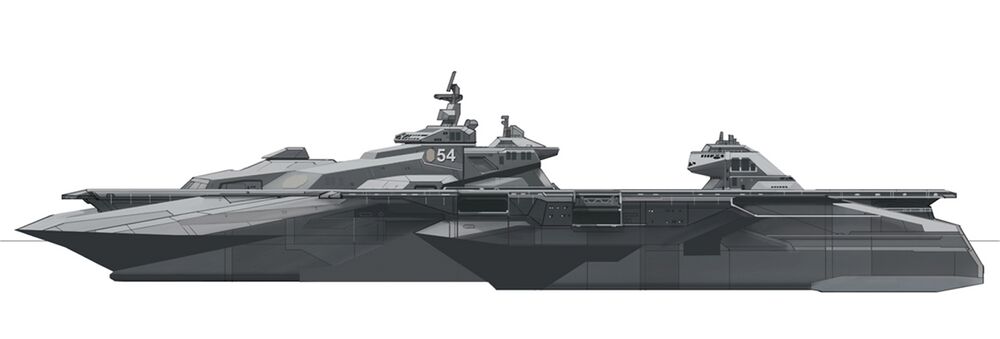
CRASSUS-CLASS SUPERCARRIER
MANUFACTURER: SinoViet Heavy Machinery
ENTERED SERVICE: 2411
LENGTH: 1,633ft (507m)
Rebuilt and recommissioned in 2411 for use by East African Protectorate regional peacekeeping forces, the Crassus served as a training ship and drone mothership until 2490, when it was retired from service and moved to serve as a floating military museum. It was again reactivated in 2550 as part of Earth's defensive preparations, where it was moved multiple times during the Covenant assault on New Mombasa—resupplying Wombat drones and Pelicans for quick strikes against targets of opportunity along the coastline.
The ship was spotted by Jiralhanae hunting parties who engaged the ship and its support vessels with a mixed force of infantry in war-sleds and dropships on November 18, 2552. Covenant boarding parties quickly seized the flight deck, but the cramped interior corridors proved to be a significant hindrance for the massive Brutes and wide Grunts, particularly as bodies choked the passageways. Tiring of the stalemate and lack of slaughter, the Brutes demolished the flight tower and withdrew to their own dropships.
Battered and wrecked, but still floating, the surviving crew moved the ship to safety, and cleared the deck to allow for limited flight operations to commence. Following the end of the war, the ship was towed to Durban, where it was once again converted into a museum.
War Master, Lore Master[modifier le wikicode]
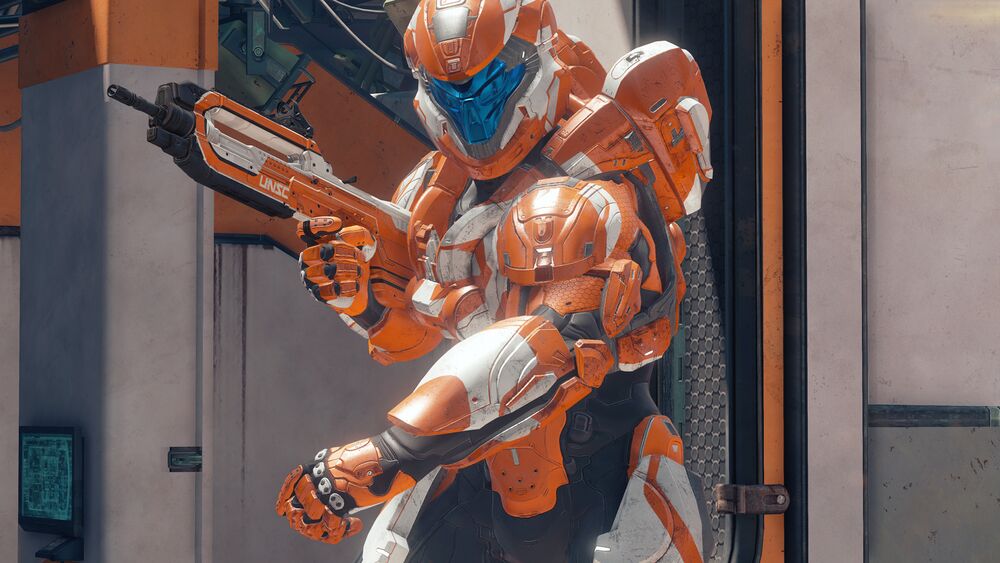
On the topic of anniversaries, this month marks the eighth birthday of Halo: Spartan Strike. Feeling old yet?
If you've not had an opportunity to jump into Spartan Strike, you can grab a copy on Steam and experience a cool little story that will take you from the city streets of New Mombasa and New Phoenix to the jungles of Gamma Halo as you experience a series of simulations concerning a Forerunner device known as the Conduit.
At the center of Spartan Strike is a Spartan (go figure!) clad in WAR MASTER-class Mjolnir. Their identity is unknown, but they are the subject of simulated battles from the past that tells a particular story about the Conduit—a device linked to Forerunner portals across the galaxy—which connects to some pivotal conflicts in the Halo universe.
And so, on this most auspicious of birthday occasions, let us feed you a most unexpected meal of Spartan Strike lore and learn a little bit more about the role that some Spartans—such as the WAR MASTER-clad protagonist of the game—serve.
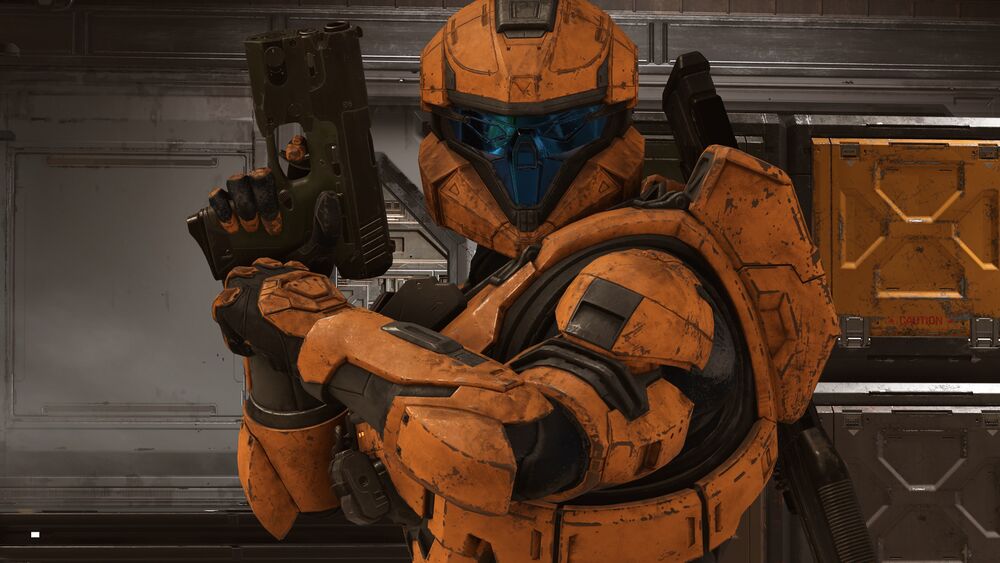
WAR MASTER-class Mjolnir is utilized by elite Spartan-IV operatives, from Headhunters to other specialized teams tasked with reconnaissance and sabotage, counterinsurgency operations, and artifact retrieval.
The neural interface link with this armor has been deemed a significant risk factor as, if not properly throttled, it produces euphoric side-effects during combat with dangerous consequences. Physical and mental overextension can result in neurological damage, resulting in a breakdown in cohesion and effectiveness that may make the Spartan unresponsive to orders.
This state has demonstrated similar “last stand” effectiveness to the additional frontal lobe augmentations received by SPARTAN-III Gamma Company. As a result, in the event of sustaining mortal wounds, neural interface throttling is suspended.
One such Spartan was notably a key figure in classified historic simulations of battles that took place across New Mombasa, Gamma Halo, and New Phoenix concerning the Conduit—a Forerunner device capable of opening slipspace portals throughout the galaxy.
Locating and securing this device for study and replication has been designated a top priority by the Office of Naval Intelligence, as it is considered an asset of vital importance to levelling the playing field against the forces of the Created. This directive is ongoing as of 2560, where WAR MASTER-class Mjolnir has been brought up to GEN3 functionality.
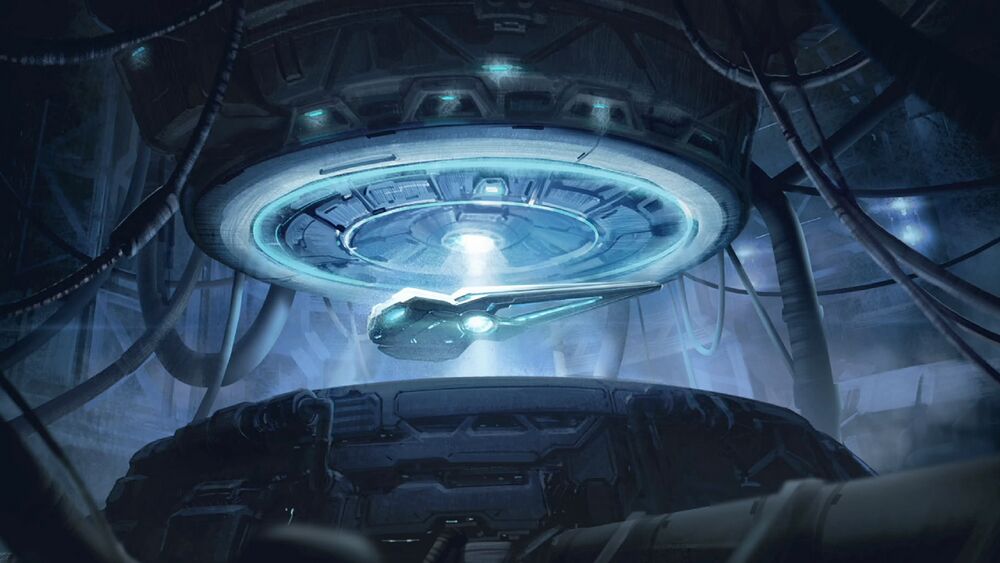
Community Q&A[modifier le wikicode]
EternalCanadian: When did Spartan III Gamma Company begin training, year wise?
Gamma Company began training on Onyx on July 9, 2545.
Drof497: What is the story behind the initial recruitment of humans within the Banished's ranks and the reasons behind why these humans joined the Banished from the humans' perspective?
Atriox's open-handed approach to welcoming humans into the Banished served both philosophical and pragmatic purposes. For the latter, their ability to utilize the Forerunner technology that many factions vie to claim provides a significant advantage to the Banished.
From the human perspective, human criminal enterprises and mercenary groups saw mutual benefit in alliances forged with Jiralhanae chieftains, allowing them to level up their bounty from salvaging scraps of UNSC resources to advanced alien technology that would give them an edge they'd never before had.
In a post-war galaxy beset by myriad conflicts, with countless manufacturers and megacorporations investing in a greater variety of UNSC resources, technology, and matériel than ever before, some anti-UEG rebel groups see the advantage of allyship with powerful alien forces in a similar fashion to the negotiations made with the Covenant in March 2526, or the Keepers of the One Freedom. Others simply find the sheer pragmatism of the Banished greatly appealing.
SCG345: At a certain point, after the Halo Array had fired and after the Domain started healing, shouldn't the Didact have resumed his rehabilitation normally?
The “healing factor” of the Domain for the Didact's mind was reliant not simply on access (and you may recall that, per dialogue from Cortana, the terminals on Requiem were stuck in a loop attempting to access to the Domain), but on the ability to commune with the countless generations of ancestral knowledge and the depths of wisdom held within.
It was these things that Halo burned from the Domain. While it ultimately retained its capacity to be utilized as a galaxy-spanning network to control a vast amount of Forerunner technology, the soul and record of the cosmos was no more—such was the ultimate sweetness of the Gravemind's victory, even in defeat.
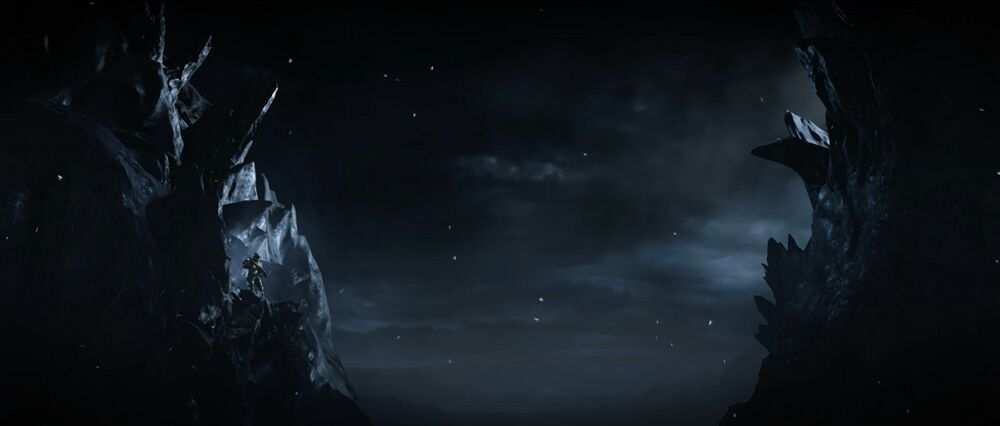
Then_Ocelot_431: What is the relationship between religious xenophobic Covenant factions (like Sali 'Nyon's) and the "infidel"-labeled Banished?
Like the unified hegemony that preceded its remnant factions, the Banished have little patience or regard for those who seek to follow in the footsteps of the Covenant. To the Banished, the carcass of the Covenant empire and its vast resources represent nothing more than raw materials to be reforged into tools to serve their needs. All others who come to stake their claim—especially those who persist in superstition and false promises of divinity—are to be met with sharpened blades.
CertifiedCapArtist: Were Spartan-IIIs who failed training returned to their orphanages or executed or given jobs elsewhere? Seems like they'd be a privacy issue.
What a macabre mind you have, CertifiedCapArtist!
Spartan-III candidates who washed out of the program went on to continue serving as drill instructors for the next company.
“The DIs at Camp Currahee were a mix of handpicked NCOs, medics, and the washouts from the first Spartan class. The washouts always went out of their way to make the lives of the Beta Spartan trainees hell.”
Halo: Ghosts of Onyx, p. 94
Funnyghostman: Why do several weapon variants in Infinite change your movement speed/jump height? Or that is gameplay only and isn't canon?
These are indeed gameplay-exclusive benefits and not representative of any canonical elements. Though, one might consider that the excitement of wielding weapons such as these may spur one to move excitedly with greater speed!
Nighterlev: How did the Skimmers learn how to control Shock Rifles so quickly in Halo Infinite?
You call THIS “control”??
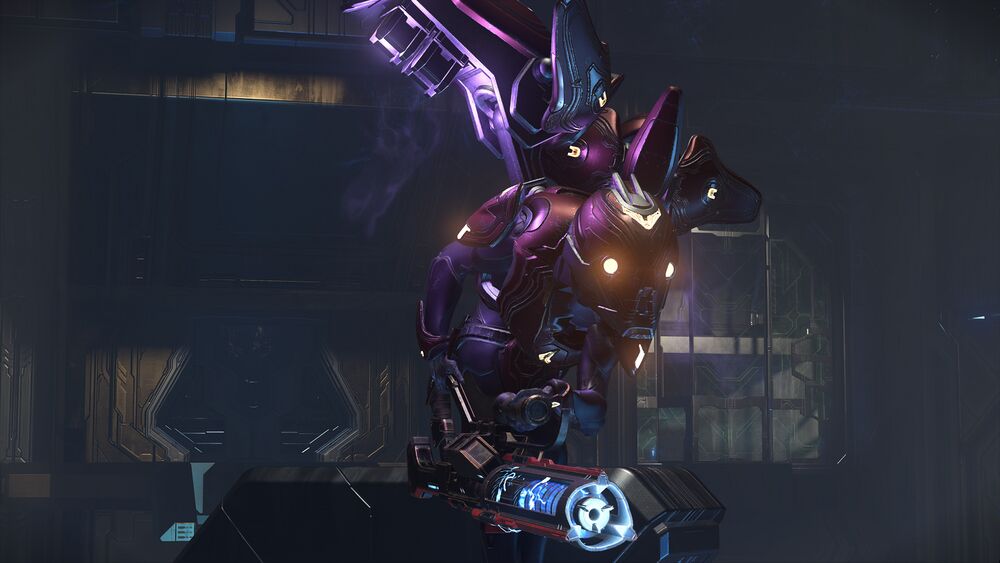
WonderWaffles: In Halo: Cryptum, Bornstellar mentions "diverting games" accessible through personal armor. What is the nature of these games, and who was responsible for making them? Did Forerunners have a robust video game industry? Maybe that sounds like a crack question but I am genuinely curious!
u got games in ur combat skin?
While we will not, sadly, be diving into the nitty gritty details of the Forerunner gaming industry, this question raises a great opportunity to bring up the specific passage in which Bornstellar mentions it—coming immediately following their departure from Charum Hakkor.
"We stayed within our armor until the ship found its proper orbit. Time slowed to a crawl. I tried to teach the humans how to access diverting games but they were not attentive. Finally, excluding me, they played mysterious finger games over and over. I was about to learn by long observation their rules and elements of strategy when the Didact rejoined us in the command center."
Halo: Cryptum, p. 129
The question this begs, of course, is just what mysterious finger games could be more compelling than alien video games!
TheGMan-123: Did the Banished end up salvaging any Created technology and resources after Cortana's defeat, and in what capacities did they do so if they did?
Given that Cortana primarily utilized Forerunner technology in order to leverage their position as the dominant force in the galaxy, any such weapons, tools, and resources that would further empower the Banished are indeed a matter of interest.
Millionwargone: How have all the other Halo rings been found or visited when they are spread out across the galaxy, and humanity is isolated to the Orion arm?
Several Halo installations still have yet to be found. Beta Halo, Epsilon Halo, and Kappa Halo (Installations 01, 02, and 06) remain undiscovered by humanity, but much study continues to go into positioning estimations based on the known positioning of Alpha, Gamma, and Delta Halo.
It has been noted in the UNSC astronavigation database that Zeta Halo's positioning in the Ephsu system does not conform to the pattern of positioning suggested by the other installations, which has been taken as direct evidence that it was relocated at some point after the firing of the Array.
BigDeluxeOffice: If seven Guardians can combine to destroy planets, does that mean all other Forerunner warships can do the same?
The ability to combine in order to form more powerful units has been observed in a variety of Forerunner constructs. The trillions of sentinels that formed Onyx were able to gather in clusters that demonstrated the ability to eviscerate Covenant ships; war sphinxes could form larger combat-walker variations by combining together, and we see a number of warships in “Origins I” from Halo Legends combine their firepower to combat Flood-controlled vessels. This is, however, by no means indicative that all Forerunner constructs have this ability and planetary-scale lethality.
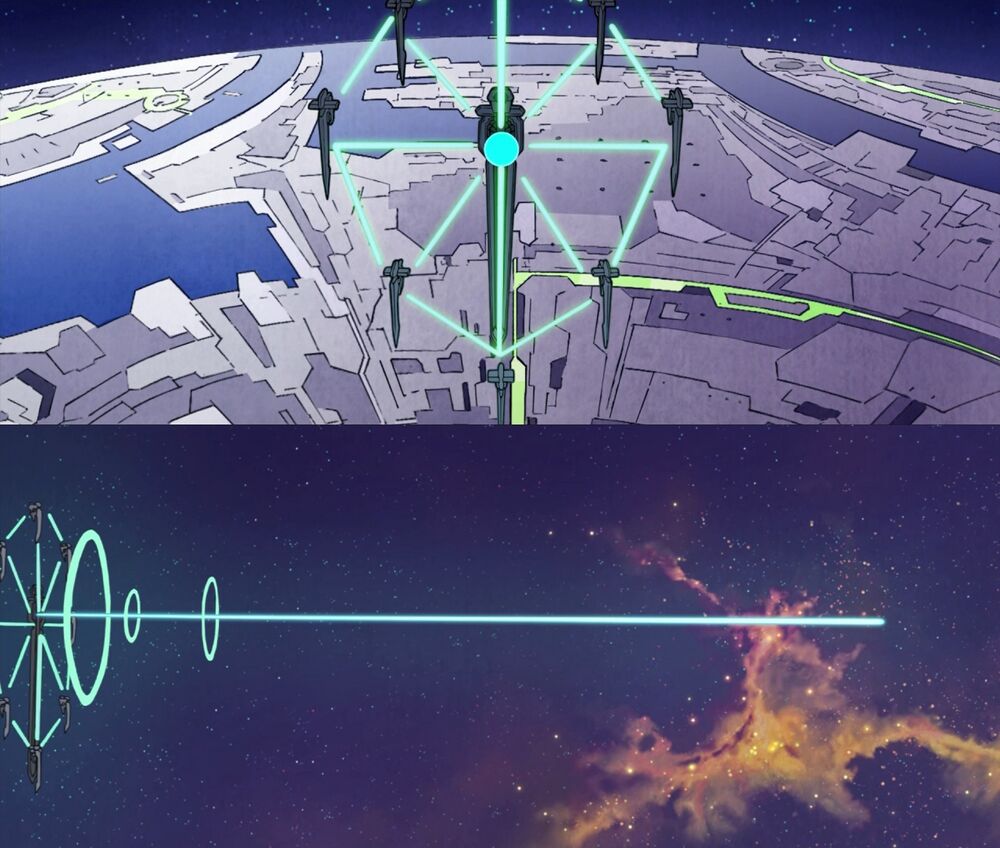
And so, we say farewell to this edition of Canon Fodder...
The Site Unseen event kicks off soon in Halo Infinite (May 2!) to conclude the narrative of Season 3, there are two more delicious parts of Precipice to accompany the return of Fracture: FIREWALL (and we think the next one will give you much to chew on), another three pieces of Intel on the way, and plenty more goodness still to come over the coming weeks and months.
Until then, be well, and don't do anything the Didact wouldn't do!